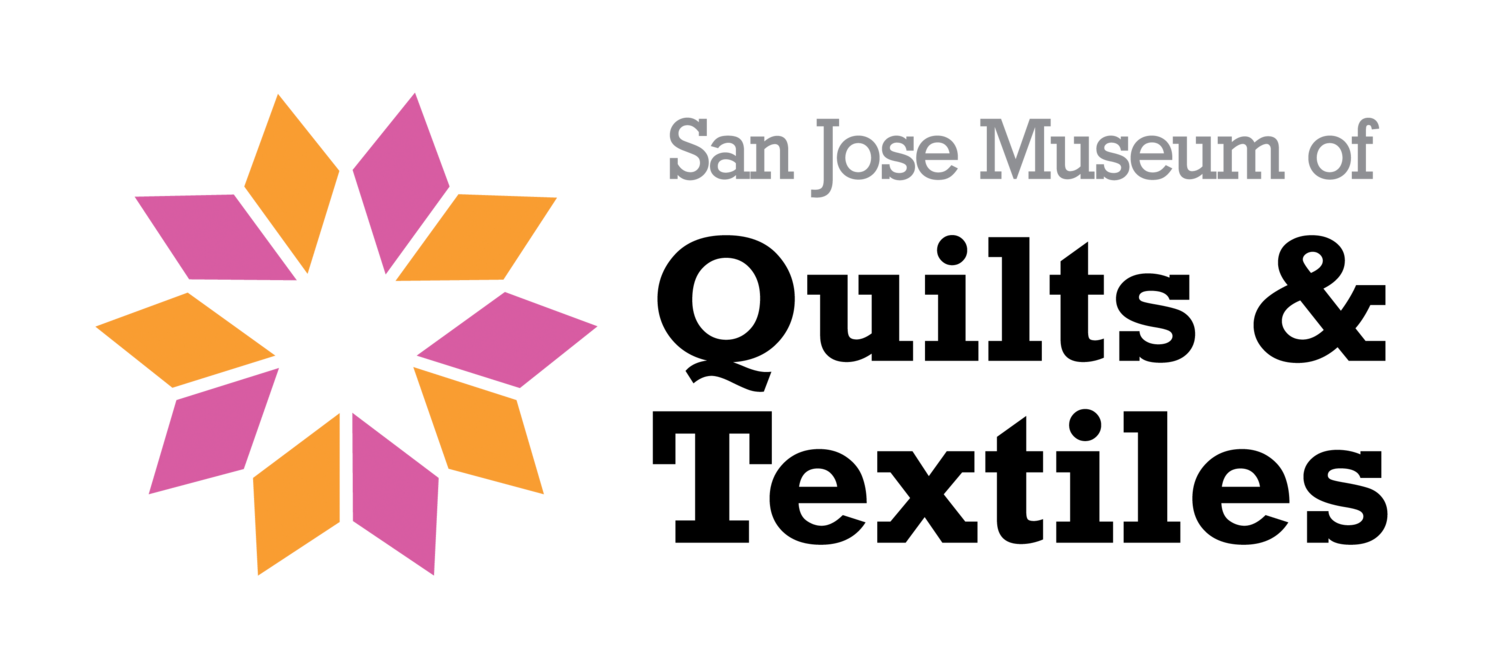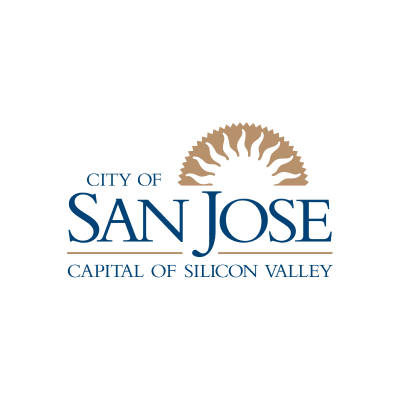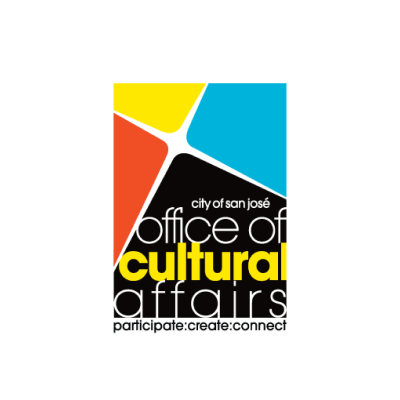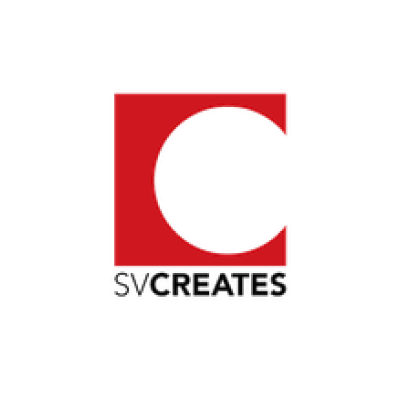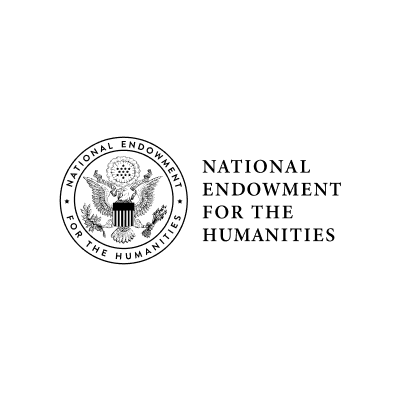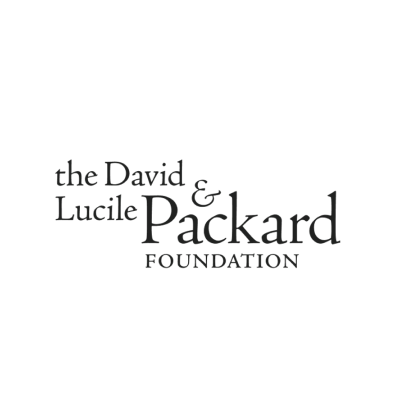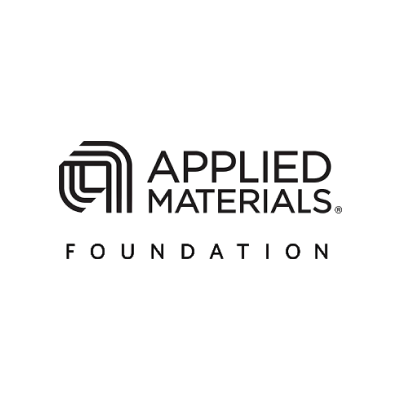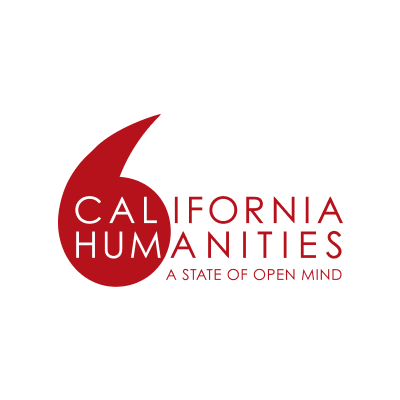Bay Area tapestry artist Janette Gross will have a piece in the upcoming exhibition at SJMQT, American Tapestry Biennial 13. She also had her work, Purple Rain on view at SJMQT during the member’s exhibition, Juncture, and is a member of Tapestry Weavers West.
Purple Rain, 2016
What are materials and processes utilized in your work?
I am a weaver. For my tapestry pieces, I mostly use wool but I will use whatever works in a piece, which might include cotton, silk, shiny threads or yarns made from recycled plastic bottles. I dye or over-dye wool single ply yarn. I often use a resist dye technique to add more interest and depth to the colors. After the yarn is dyed, I add extra twist with an electric spinning wheel to make the yarn more light reflective and to give the piece more definition.
I mostly weave in a technique called wedge weave that originated with the Diné Nation (Navajo) in the late 19th century. The defining feature of wedge weave is that it is woven on the diagonal which results in wavy or scalloped edges. I also add a card-woven edge to my tapestry to further define the scallops.
Describe the main differences between your “old” studio and SIP studio:
Bathing Blues, 2004
I belong to several groups of weavers that (used to) meet regularly. Each Monday, I work with a group of blind weavers. The fact that we cannot get together is hard for the weavers because their weaving is an important creative activity and they cannot do it at home by themselves.
I also belong to a small tapestry study group that meets at picnic tables by the beach in good weather and coffee houses other times. And most importantly, for almost 15 years, I have woven in the Watsonville studio of renowned rug weaver, mentor and friend, Martha Stanley. There are six of us who have floor looms in her converted barn and we weave or dye together at least once a week.
Projects began before SIP, have been left alone in the Watsonville studio. I think of them silently waiting for our return. We keep in touch by email and have lately been trading patterns for “the perfect” mask as well as sharing photos of projects, dyeing experiments and spring plantings. But of course, it’s not the same.
At home, I am focusing on small pieces using my 12” Mirrix tapestry loom. This is very different for me because I usually weave on a floor loom and my pieces are 2’ by 3’ or larger. The little loom is very portable and I try to weave outside as much as possible. I am using this time to experiment and try things I’ve not yet done but always wanted to try.
What has surprised you about your practice since SIP?
I don’t have more time to weave, which is a total surprise. I thought I would have lots more. Planning a long term project is also psychologically hard now with so much uncertainty and pain around us. I want my work to have significance as well as beauty, so my theme choice is important. That is why working on a smaller scale and taking the time to just experiment seems appropriate for now.
A wonderful and unanticipated outcome of SIP is how the art world has embraced online programming and Zoom meetings. In the fiber world we are seeing online gallery shows, artist’s studio tours and how to’s being shared by teachers and book authors.
My own small tapestry group here in Santa Cruz is meeting regularly on Zoom. We work on our projects at home as we chat and share progress with each other just as we would meeting at a coffee shop. We also included a wonderful weaver from Israel in one of our weekly meet-ups which never would have happened before. We have engaged a well known tapestry teacher from out of the area, to give us a talk and help us with technical issues. I hope after SIP, this wonderful world-wide connection will continue.
IMPACT: Climate Change San Francisco, 2020
The Last Iceburg, 2020
What do you do when you get “stuck” in your creative process. Where do you turn for inspiration?
I never run out of ideas especially when I get going on a theme. My problem is usually that I have too many ideas and things I want to try and I don’t know which one to pursue. Tapestry takes a while to set up and complete. I only weave a few a year so there’s more pressure to plan it out as fully as possible. However, I find that sometimes I just have to dive in and start weaving with colors that I love and a basic design idea.
The details almost always change once I am on the loom anyway. This is especially true with wedge weave which is why I love the technique. It is never boring and it takes me on some very interesting journeys.
As for non art-related activities…
I am fortunate to live a few blocks from the Monterey Bay. My husband and I take daily walks with our 1 1/2 year old active puppy. The Bay is always changing and surprising us with something new. It also provides endless ideas for tapestries!
Sneaker Wave, 2010
Purple Rain detail
